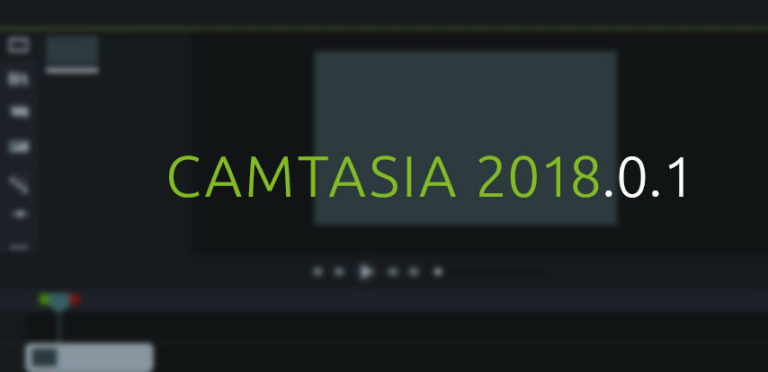
Use the screencast after the lecture, to deepen the content or provide additional material. Use the screencast before the lecture as homework and use the campus time for interaction, discussion and applying the knowledge between students and the teacher. Please see the job aid below.Ī screencast can be used at several moments in time, always keeping in mind your own learning outcomes: The student doesn’t see the teacher as in face-to-face teaching, so thinking about the screencast design is very important. For example, an introduction to a topic/module, a demonstration, or an explanation of a program, formula or model. A screencast is extremely suitable for topics where no interaction is necessary. A screencast offers the possibility to learn (and to educate) at your own pace (start, stop, pause, rewind). A screencast offers the possibility to learn (and to educate) independent from place and time. A screencast contributes to a rich learning environment, in which students can learn in different ways. There are several reasons to make a screencast: Tip: search on ‘screencast’ on YouTube and you will get an idea of the possibilities. In that case, more editing is necessary to design and finalize the screencast. Easy screencast recording software can produce a screencast within a few minutes, but it is also possible to add more complex features, such as a quizzes, music, and animations. 
The screencast recording is made by your own computer, so no additional camera is needed. Screencasts are often accompanied by a teacher’s voice-over and sometimes also images of a webcam are added.

The screencast can contain a PowerPoint slideshow, but it can also be a demonstration of a software program. A screencast is a digital recording of what is done on a computer screen during a certain period of time.






 0 kommentar(er)
0 kommentar(er)
